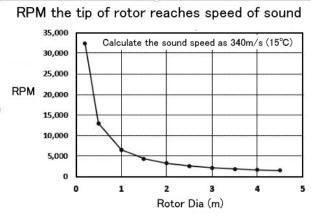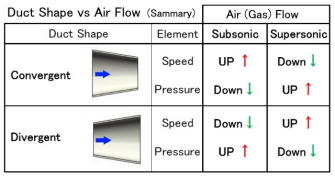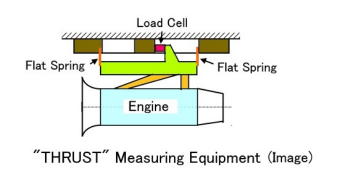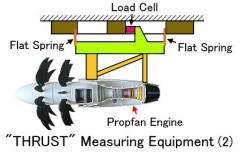新規サイト003のヘッダー
engine-world
Ⅲ. Engine Fundamental Requirements
(Air, Fuel, Rotation, Temp., Maintenance, Measurement unit) 
| ③ Rotation Measures From idle to maximum output, the engine's rotation speed changes while adjusting the fuel supply according to atmospheric conditions. The rotating assembly is made up of many connected parts, so vibration control is important. A highly rigid structure is used that prevents the rotating axis from shifting due to centrifugal force or thermal expansion. Representative examples are introduced below as basic components. Bearing, Curvic(R) Coupling, Involute Spline 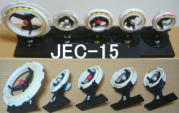 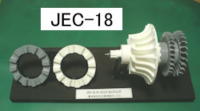 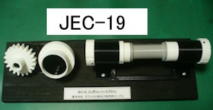 |
| ④ Temperature Control In an engine, fuel and air are mixed and burned, but at the perfect combustion, the temperature will reach 2000℃, and all metals will melt. Here is a table summarizing high temperaturecountermeasures for each type of engine. 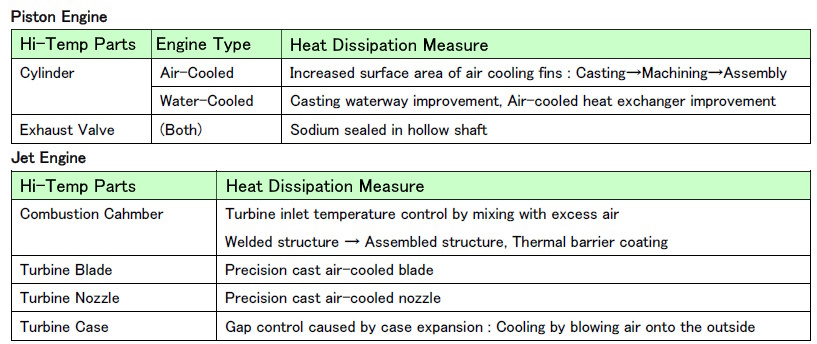 |
| ⑤ Maintenance (LCF, EHM) Aircraft and engines are significantly lighter than general consumer products, and are used for an overwhelmingly long time. This makes maintenance very important. There are inspections at airports for each flight, regular inspections in hangars, and overhaul maintenance at specialized factories. Piston engines and private jet engines are managed based on "hours of use." Jet engines used by airlines are managed based on "cycles" in addition to "hours of use." A "Cycle" is counted from start to stop as one cycle. The reason for this is that repeated large temperature changes from normal temperature to high-power temperature cause unavoidable metal fatigue. This is called "Low Cycle Fatigue (LCF),"and turbine disks are particularly affected. A "cycle limit" is set for them, and they are replaced before reaching that cycle. In the past, a method called "overhaul" was used, but with the advancement of maintenance technology such as monitoring, maintenance methods that reflect the actual performance of each airline, engine, and module are adopted. This is called "Engine Heavy Maintenance (EHM) method." |
